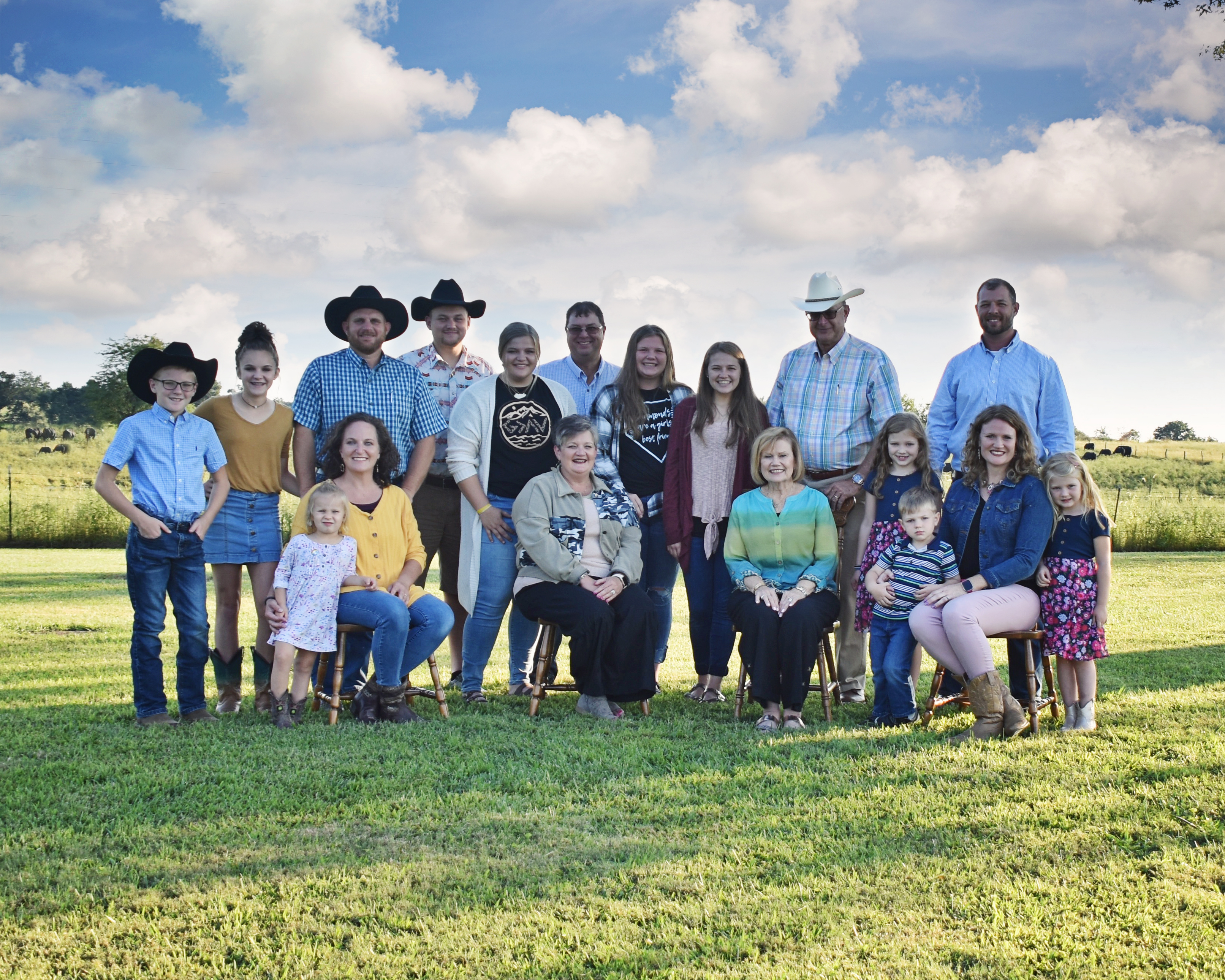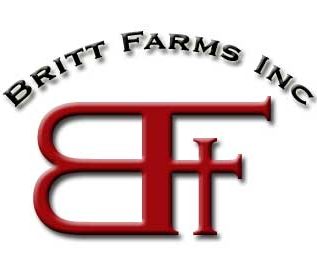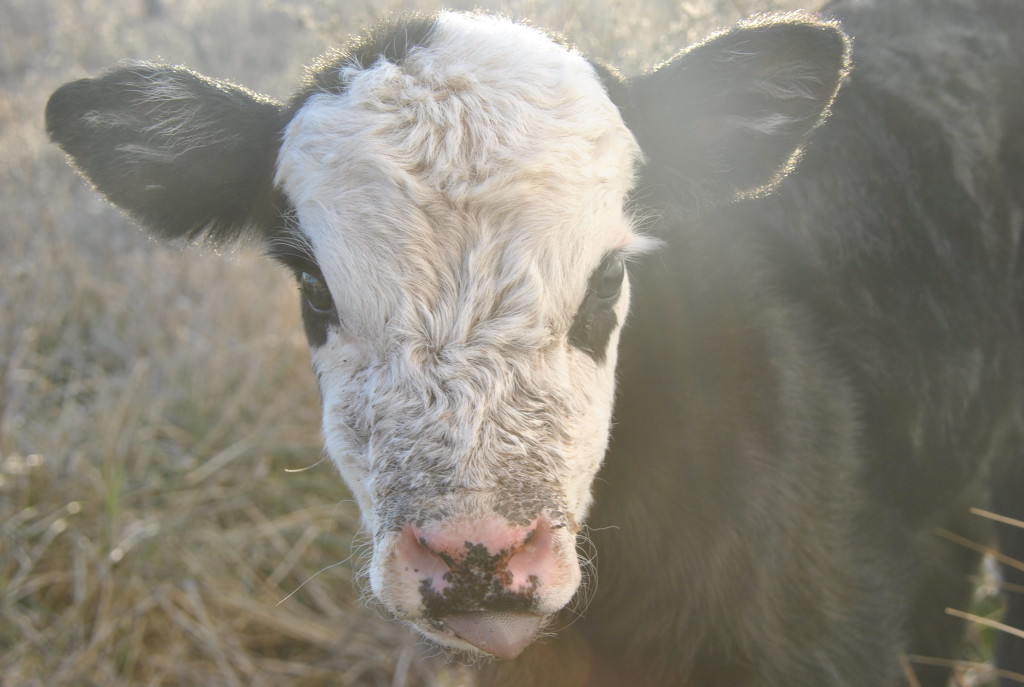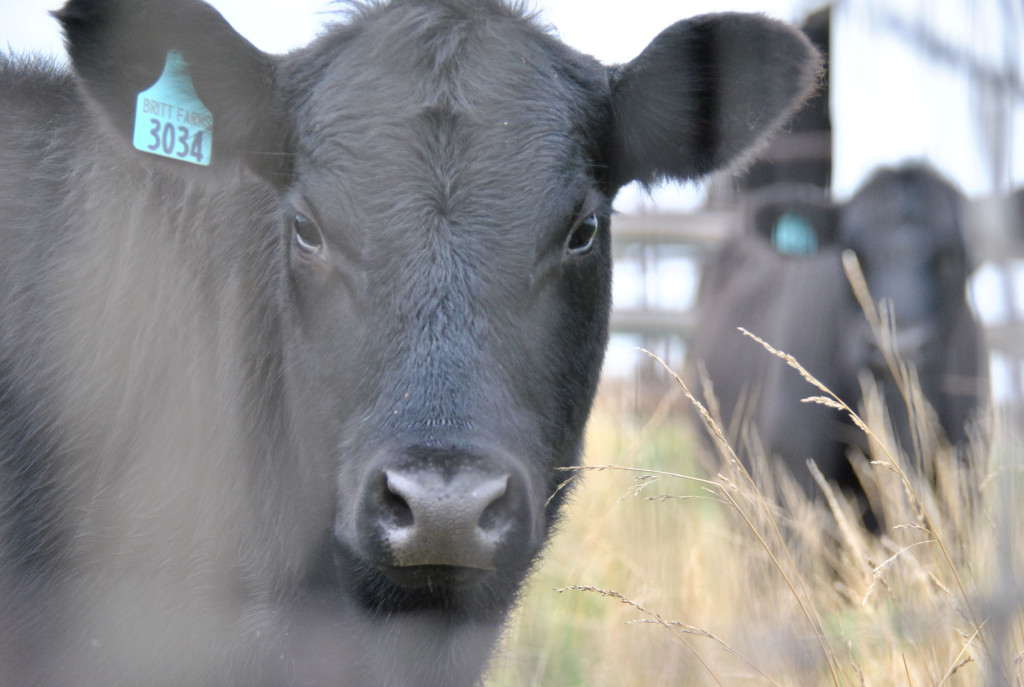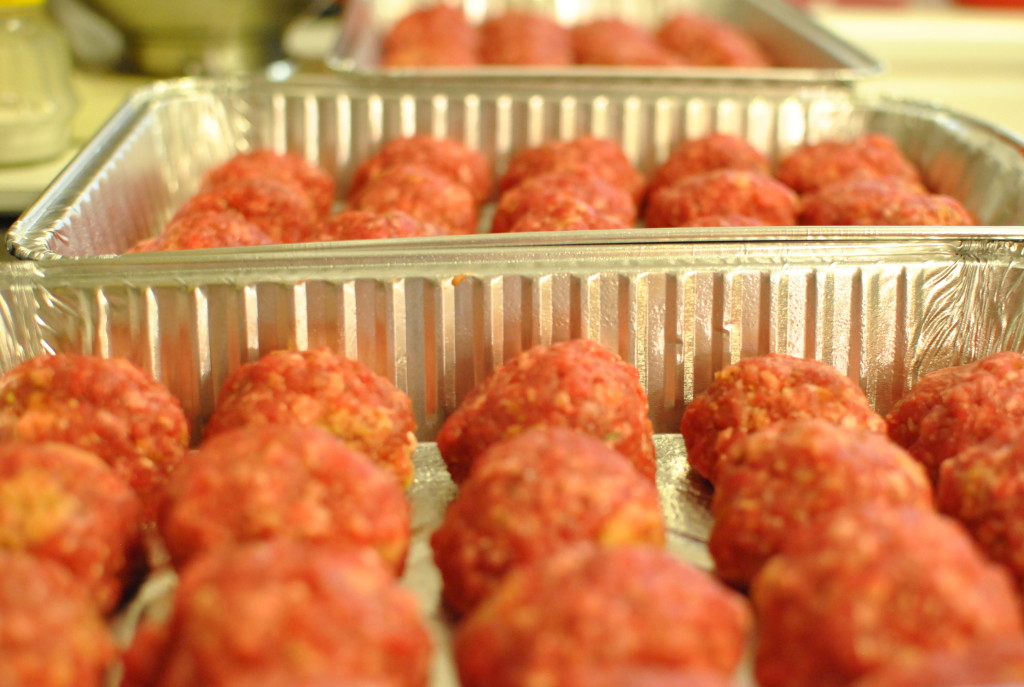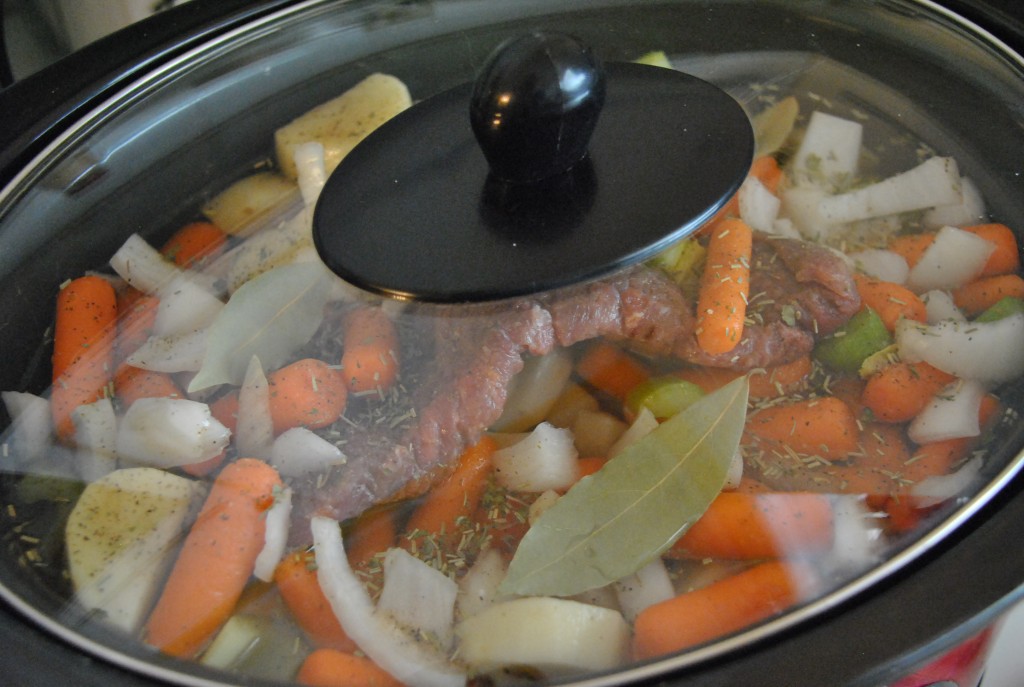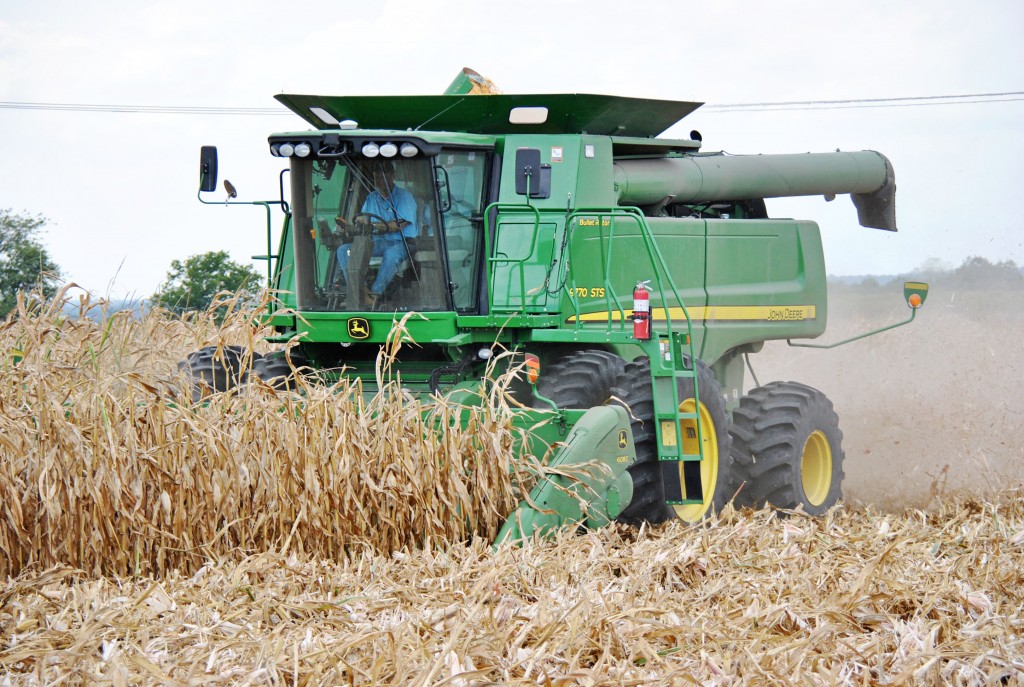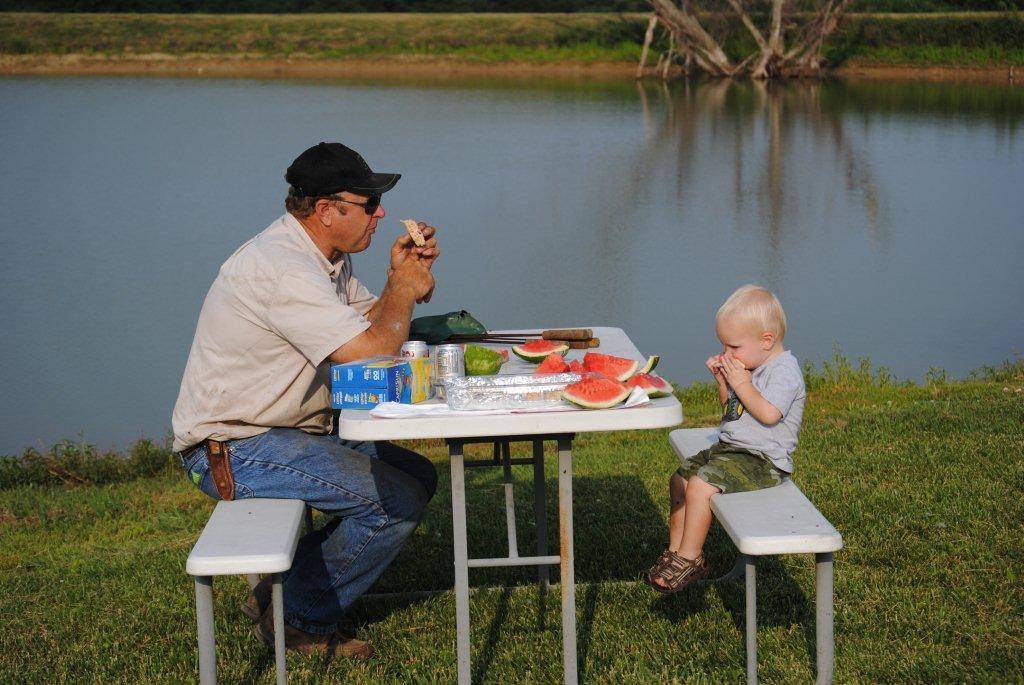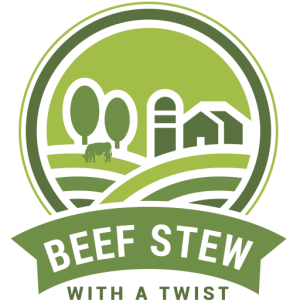Your source for Healthy and Affordable Beef
Pink Slime…Fact or Myth?
As you have probably seen in the news over the past several days a beef product called “Lean Finely Textured Beef” has been “pink slimed” in the media, particularly ABC News, which ran segments Wednesday, Thursday and Friday on the evening news. The ABC News segments have driven an enormous amount of social media coverage in prominent blogs and Twitter (#pinkslime). We need your help NOW to put an end to the pink slime scare, which has no basis in science.
Lean finely textured beef (LFTB) is beef that is a category of beef products that uses high technology food processing equipment to separate lean meat from fat trimmings. This process yields an additional 10-12 pounds of lean, nutritious beef from every beef animal that can be added to other ground beef products. It’s being erroneously reported that this product is salvage meat, that it’s from trimmings scooped off the floor of packing plants, that it’s “filler” that is substandard in nutrition and safety and more. This is simply not true.
We met personally at the Beef Industry Safety Summit this past week with Dr. H. Russell Cross, Professor and Head of Department of Animal Science, Texas A&M University. Dr. Cross was the Administrator of the USDA Food Safety and Inspection Service (FSIS) at the time of its approval. He feels strongly that this product and process is safe and a valuable source of nutrition at a time when we are faced with the growing challenge of producing more food with fewer resources. Below is a statement validating the safety and nutritional value of this product from Dr. Cross.
Statement From H. Russell Cross, Ph.D.
Professor and Head of Department of Animal Science, Texas A&M University
“As Administrator of the U.S. Department of Agriculture’s Food Safety Inspection Service (FSIS) in the early 90s, I and my staff evaluated numerous research projects before approving lean, finely textured beef as a safe source of high-quality protein. The FSIS safety review process was and is an in-depth, science-based process that spans years, many research projects and involves many experts across all levels of the agency-and in this case, the process proved the product is safe.”
“Approving lean finely textured beef as safe was the right decision, and today, it remains a safe way to meet the nutritional needs of a growing population. All beef is a good or excellent source of 10 essential nutrients including protein, iron, zinc and B-vitamins.
“Finely textured lean beef helps us meet consumer demand for safe, affordable and nutritious food.”
In addition to the statement from Dr. Cross, here are some good resources to share:
-
Food Safety News article — This is the article we posted yesterday and encouraged everyone to share on Facebook.
-
Pink Slime is a Myth Website – This website was just launched last week by one of the companies who makes LFTB, Beef Products, Inc. (BPI). These BPI company videos describe the process in more detail (http://www.youtube.com/user/BeefProductsInc?ob=0&feature=results_main)
-
Engineering a Safer Burger — This Washington Post article from 2008 explains the history of the product.
-
International Food Information Council fact sheet on ammonium hydroxide– In the BPI system, ammonium hydroxide is used the destroy bacteria (in another system, citric acid is used to destroy bacteria). This product is “generally recognized as safe” by the U.S. Food and Drug Administration and it’s used a variety of foods. The beef is not “soaked in ammonia” as many reports have claimed, but rather sprayed with a “hydrolyzed ammonia” mist to kill bacteria which then evaporates and completely dissipates. According to Dr. Cross, there is no ammonia in the final product.
Here are some additional resources from the American Meat Institute:
In discussing LFTB, remember:
-
This product is nutritionally equal to ground beef. The process has been used safely for more than 20 years to yield an additional 10-12 lbs. of lean, nutritious beef, from every beef animal.
-
LFTB is produced under USDA inspection in compliance with their food safety and labeling requirements and they buy product that includes it as a component.
-
USDA ground beef samples testing positive for E. coli O157:H7 have been cut in half over the past ten years while beef produced using this technology has been used at the same time.
-
The product is beef and that’s why it’s not singled out on label as being anything other than beef (even though many media are calling it an “additive”)

